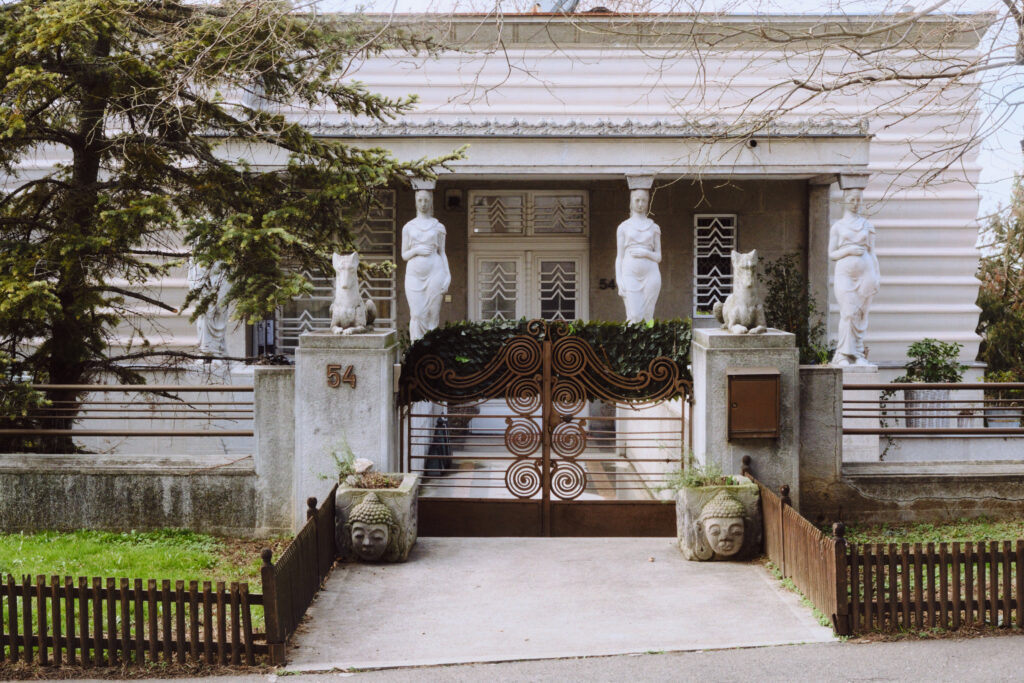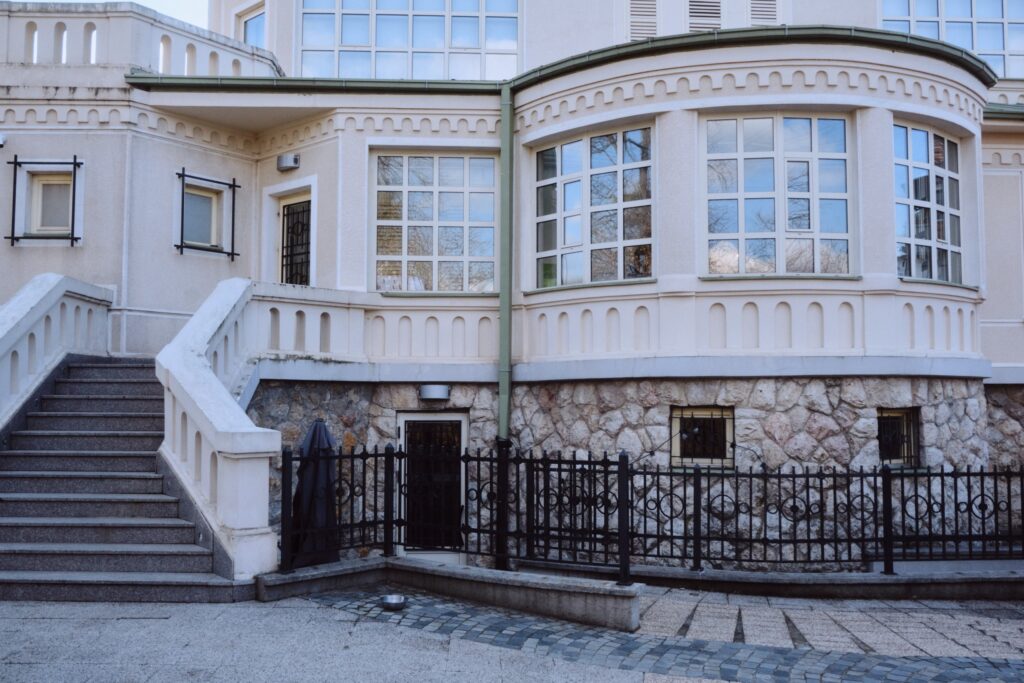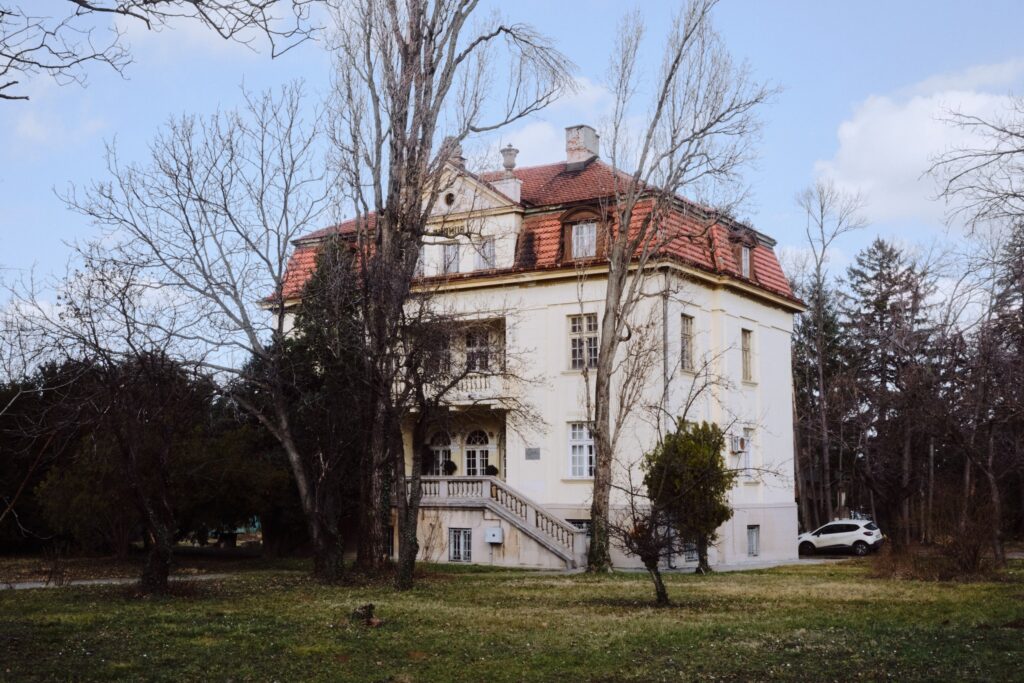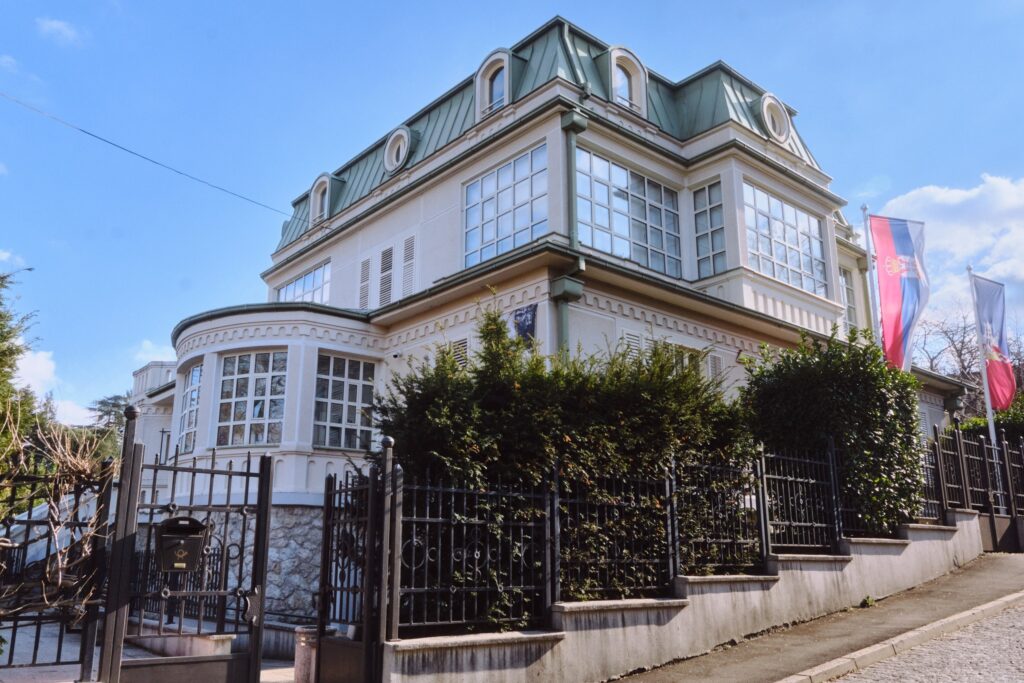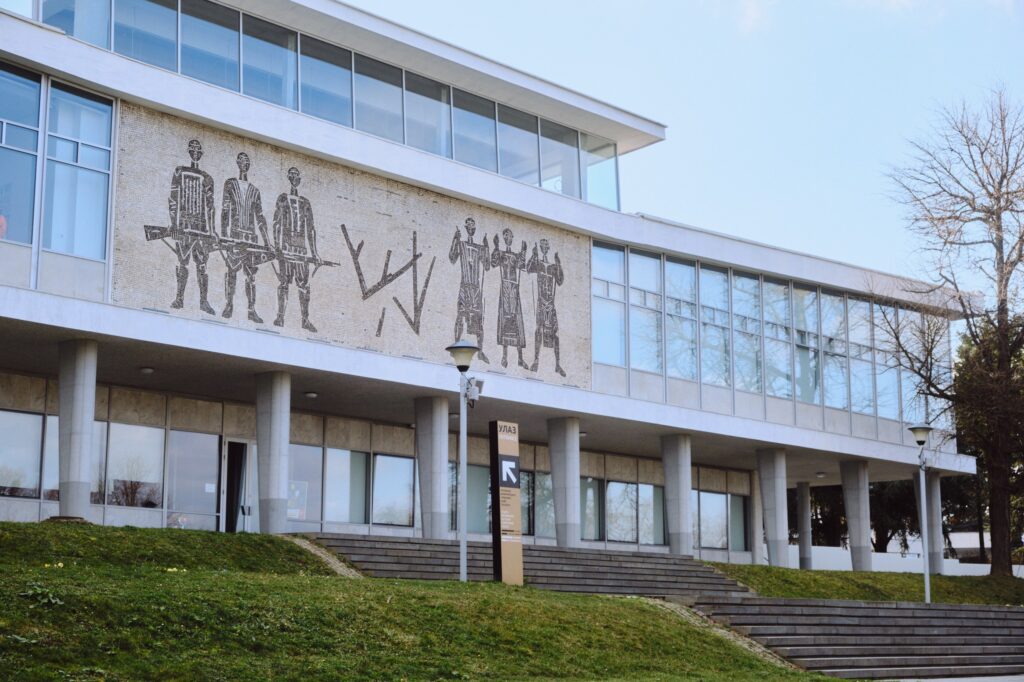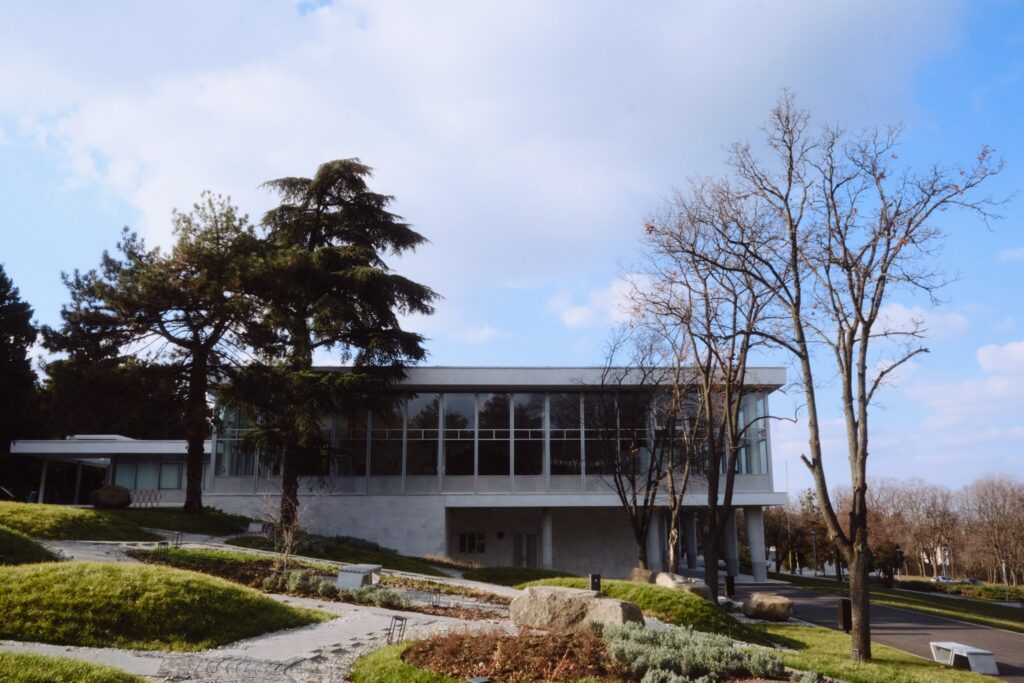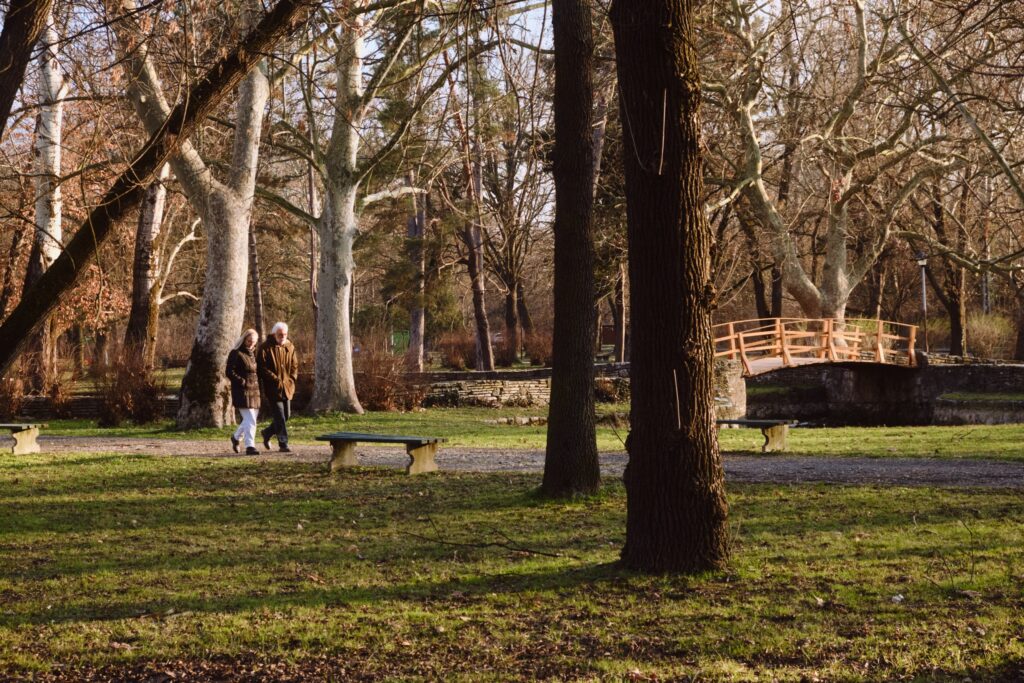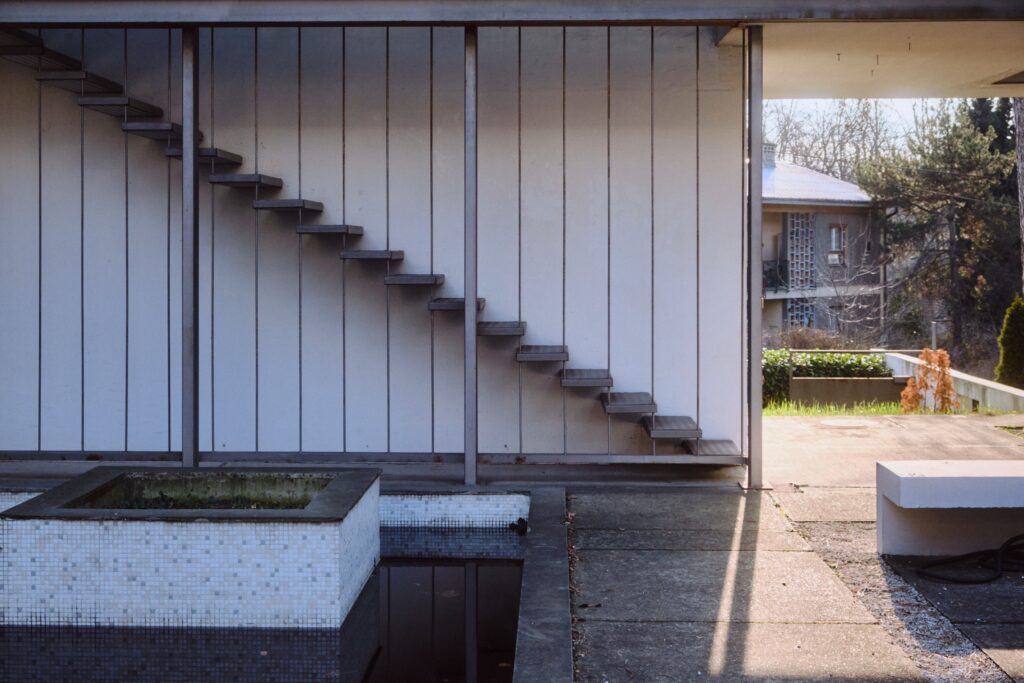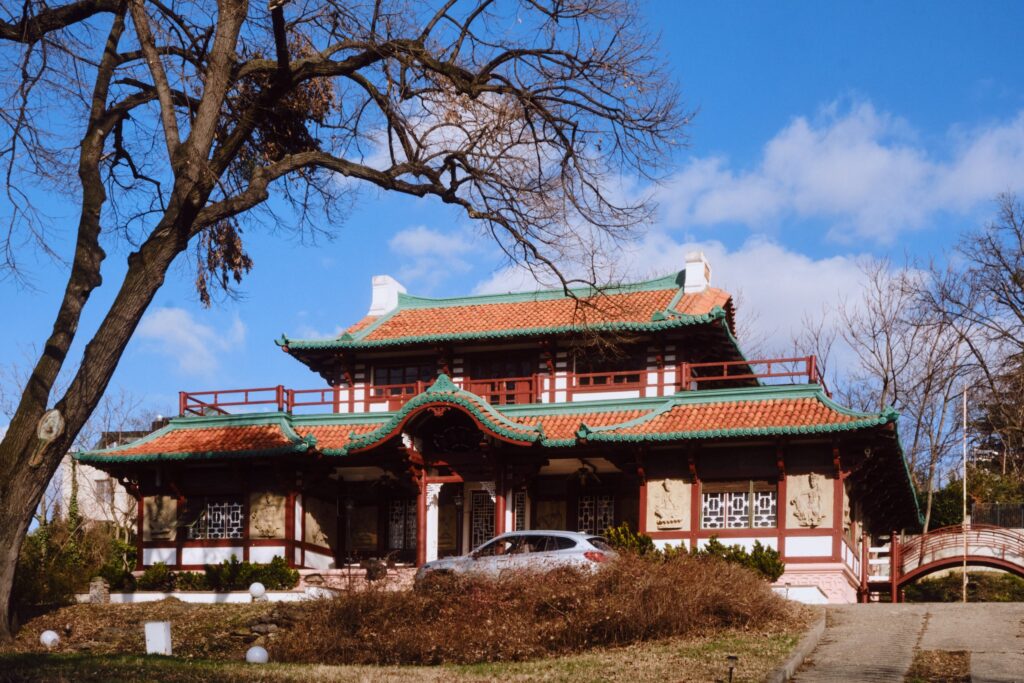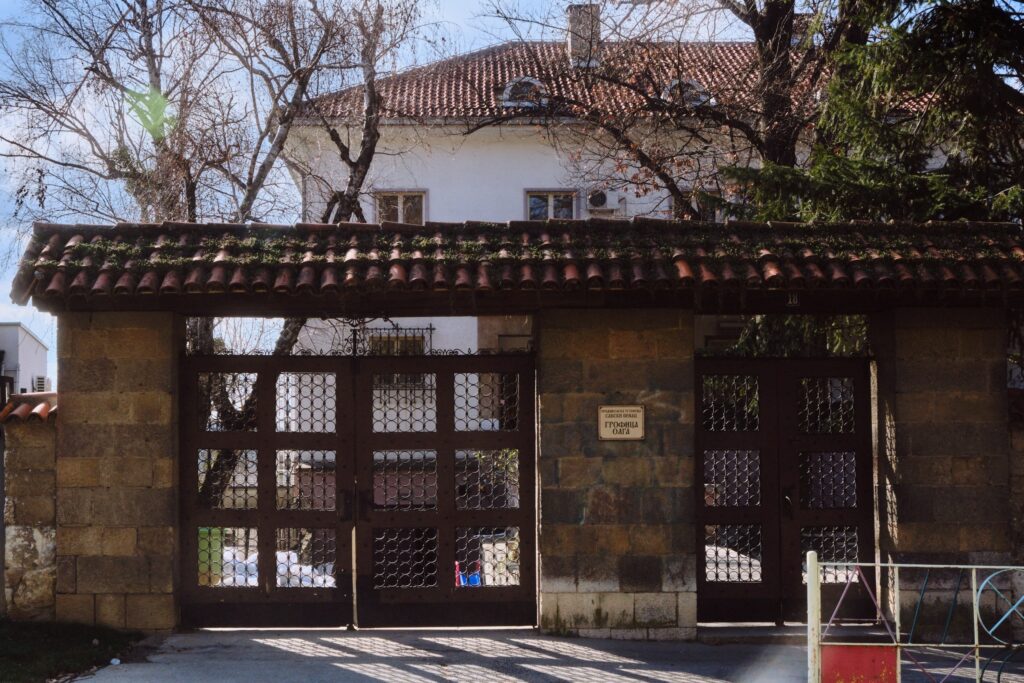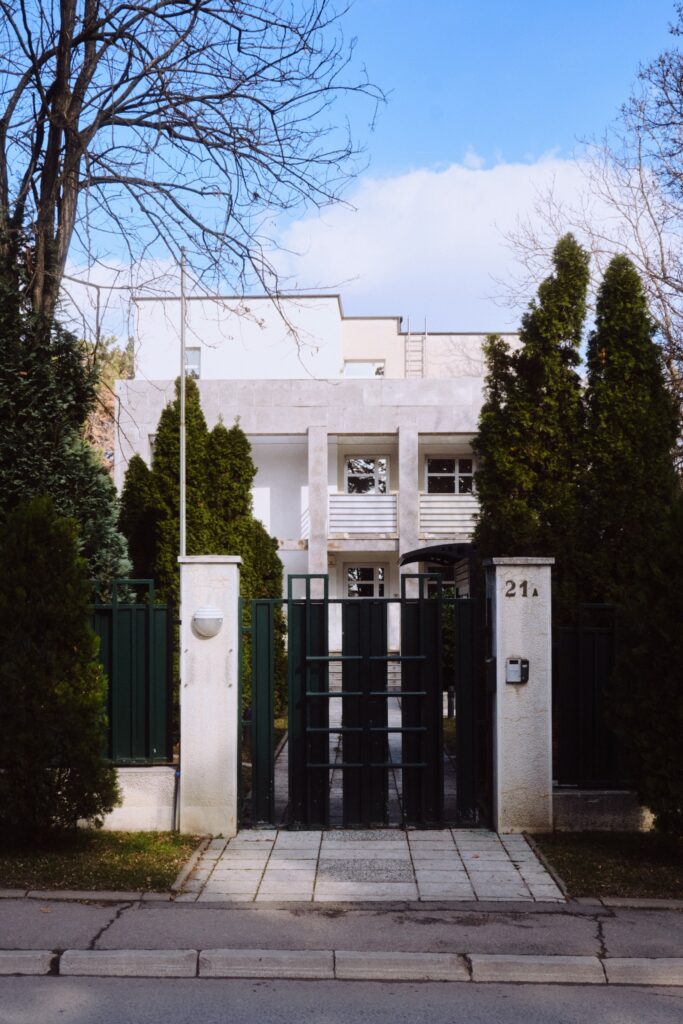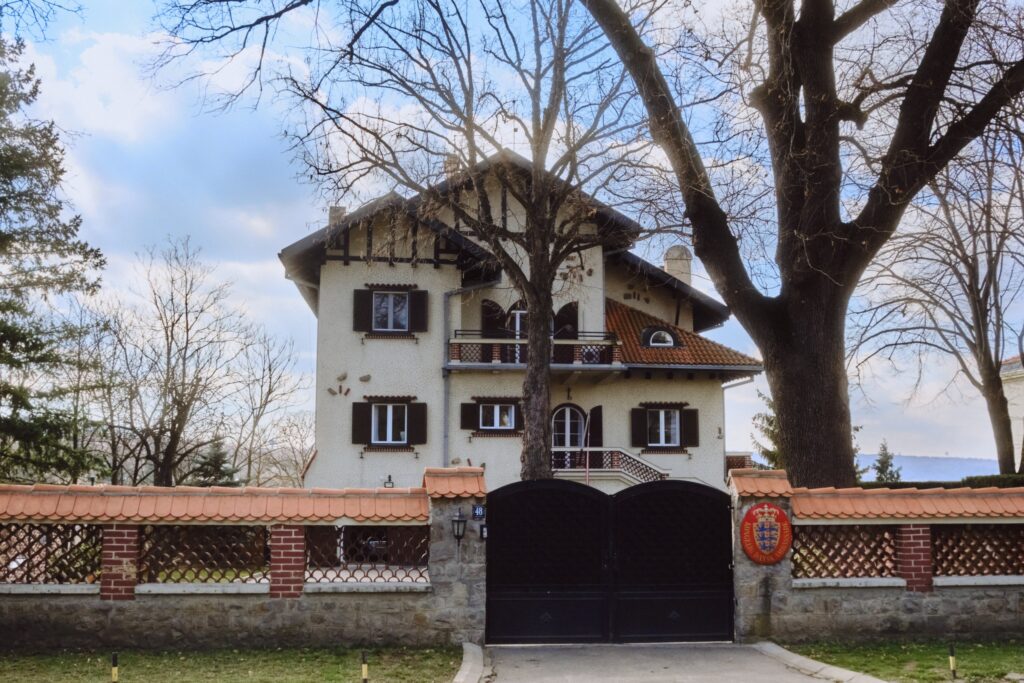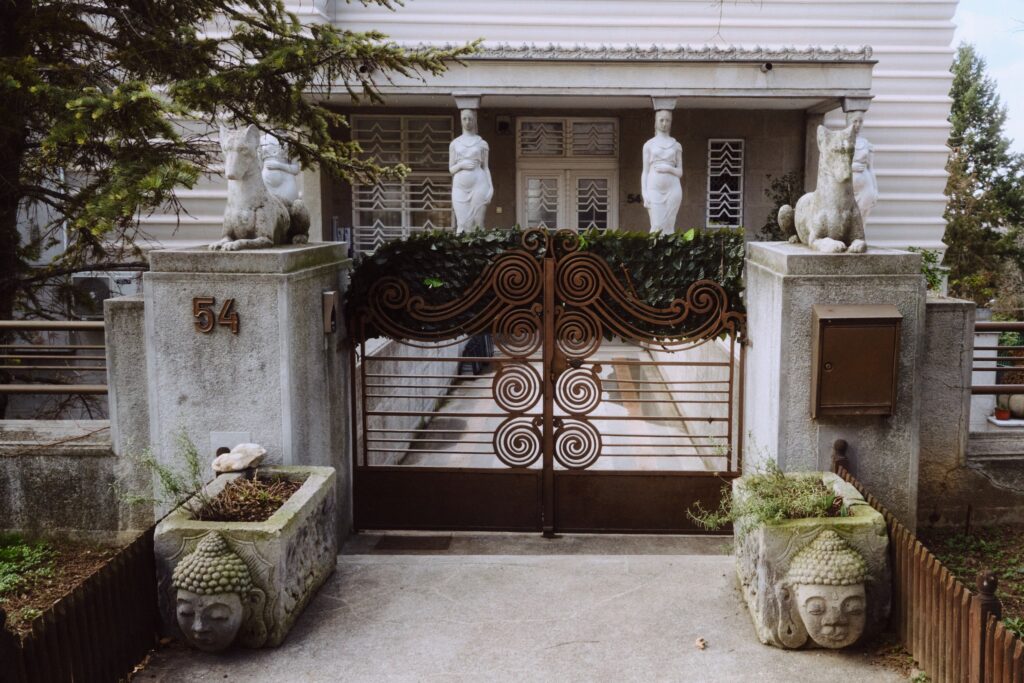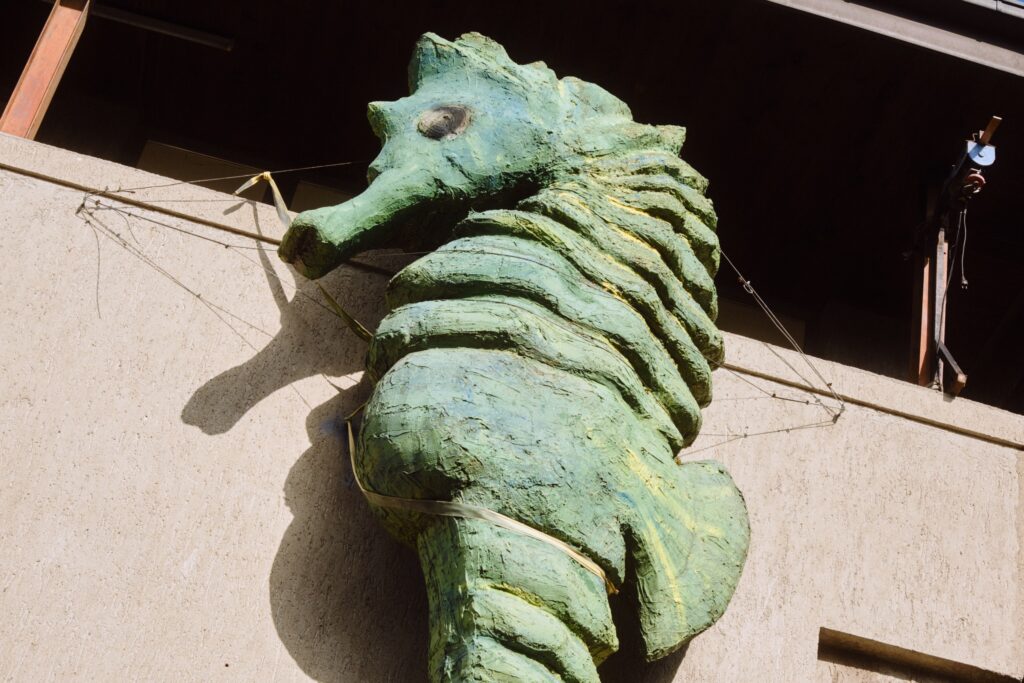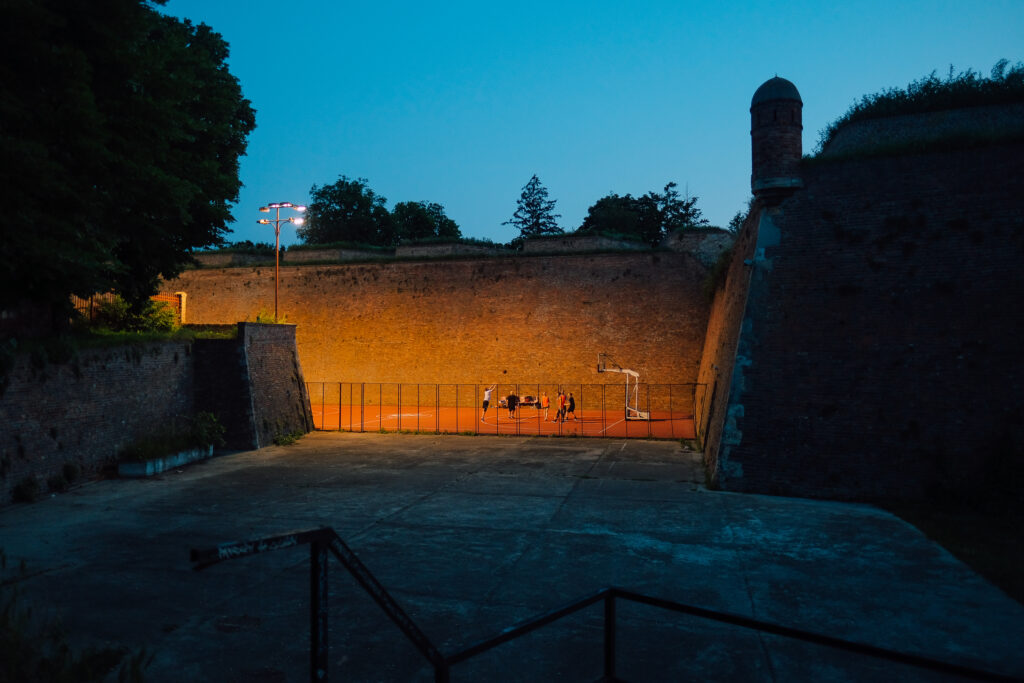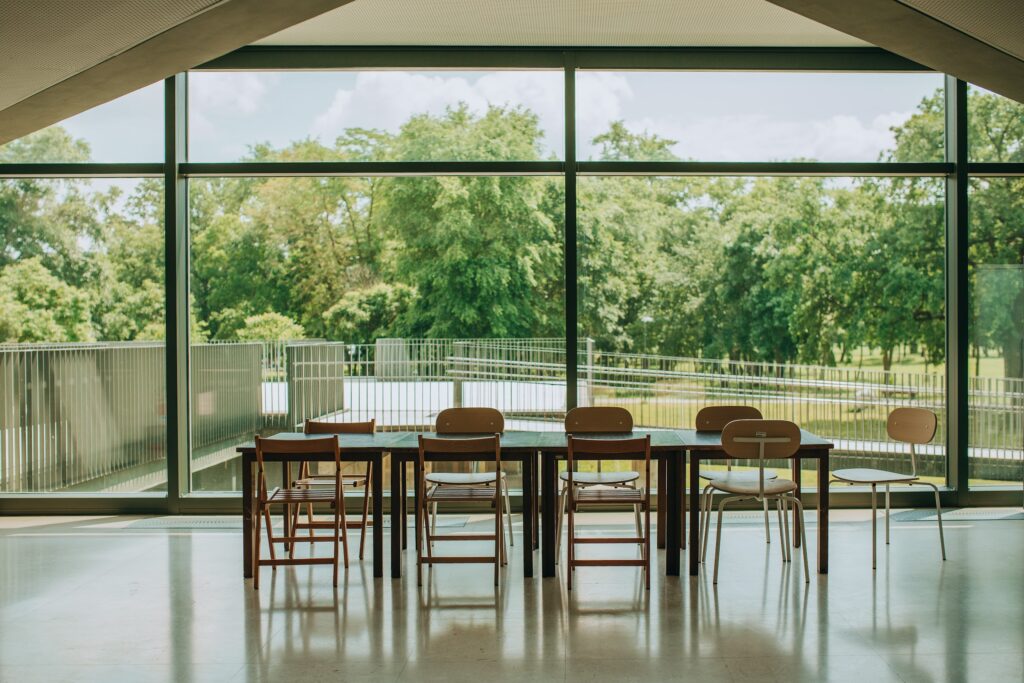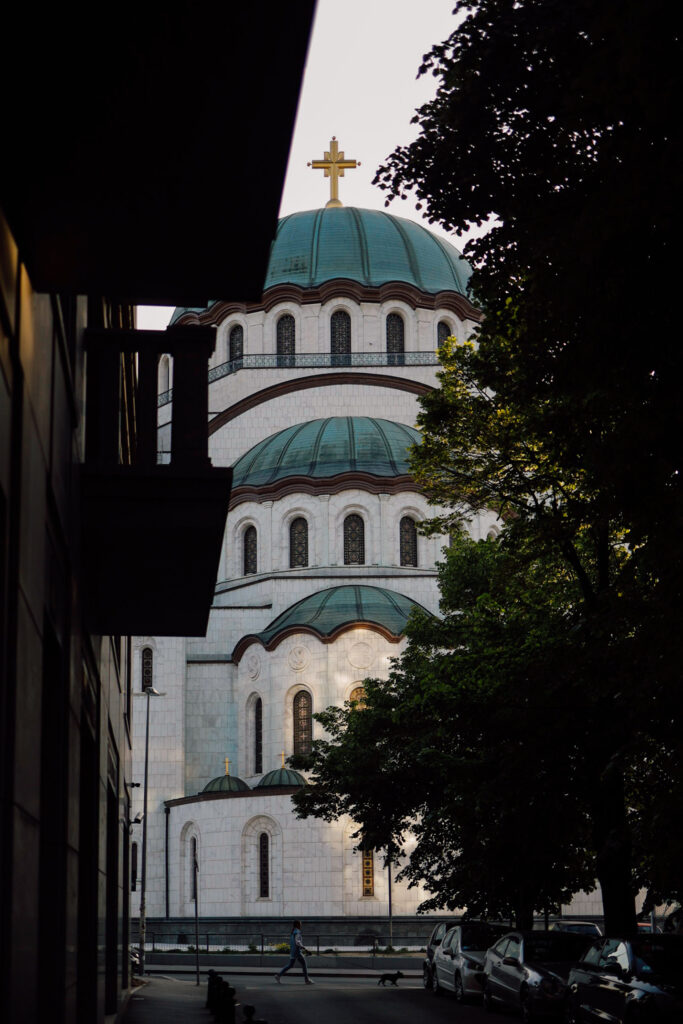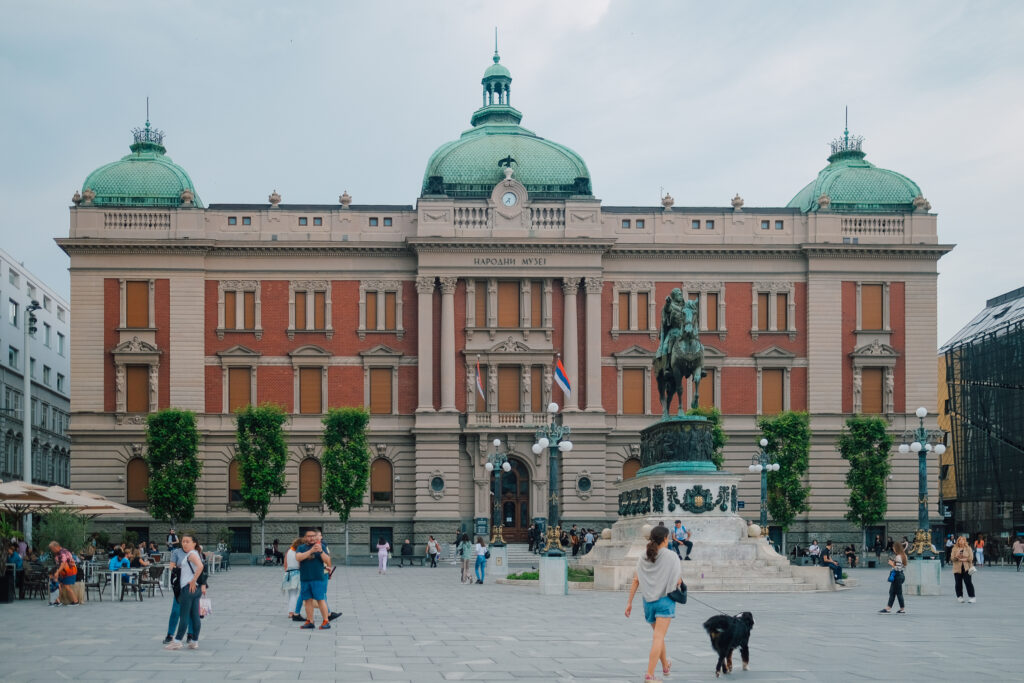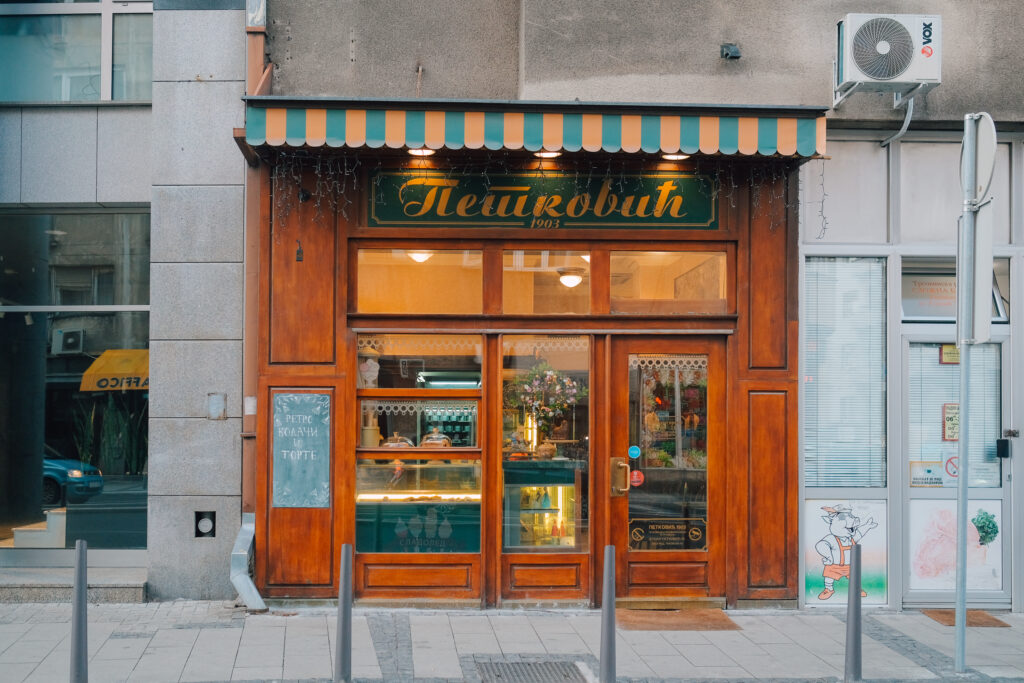The neighborhood is mainly built up with mansions of rich Belgraders, in different styles, especially luxurious versions can be found on Užička and Tolstojeva streets. But while walking around, you should also pay attention to more modest buildings, sometimes they have an interesting history. For example, the “Grofica Olga” kindergarten (Užička 18). The name of the kindergarten is not accidental – this building is associated with the activities of baroness Olga Wrangel. In the early 1920s, she traveled to the United States to collect donations, which were used to open two health resorts for military White émigrés (one in Bulgaria and one in Belgrade). The Belgrade one specialized in pulmonary diseases, since the air in the area was considered healthy.
Among the interwar period villas there are also exotic ones, inspired by English cottages, Latin American fazendas and other foreign romanticism. Later, Belgrade architectural researchers would refer to this trend as the “Hollywood style”. One of such mansions is the villa of diplomat Dragomir Kasidolac (Tolstojeva 17), built according to the project of architect Vladislav Vladisavljević in 1937. The diplomatic history of the neighborhood began with this building. After World War II, many mansions were expropriated and became embassies and residences, but this particular villa had housed the Brazilian embassy even before 1941. Not far away is the former villa of Ilija Novaković, an employee of the Ministry of Foreign Affairs (Tolstojeva 23). It is the most exotic mansion in Belgrade – inspired by the Far East and built according to the design of Aleksandar Gavrilović in the early 1930s. The shape of the roof, the colors, the sculptures on the facade – everything evokes associations with Japan, and the question arises naturally: how such a mansion ended up in Belgrade? The reason is Novaković’s personal preferences – he was very fond of oriental aesthetics (and was even involved in a scam of smuggling luxury goods from the East into the country).
However, not all villas in Dedinje are inspired by faraway countries, there are also houses in the so-called folkloristic style – its authors were inspired by the folk architecture of the Balkan Peninsula. For example, the neighboring villa designed by architect Čedomir Glišić or the villa at Miloša Savčića street 4, designed by Aleksandar Deroko – one of the main proponents of the national style in Belgrade architecture.
One can also find samples of classical styles in Dedinje: for example, the villa of politician Nikola Uzunović designed by architect Vojin Simeonović (Užička 44) is executed in the spirit of academic architecture. Back in the day, this villa became the center of an architectural scandal – the client tried to leave the architect without a fee by means of a tricky scheme, but Simeonović won the trial. After World War II, like many other mansions, this one was expropriated and became the residence of the American ambassador.
However, private luxury villas continued to be built in the area even under socialism – for example, the villa of Yugoslav People’s Army general Peko Dapčević (Tolstojeva 52) designed by Miroslav Jovanović was created in 1978. Some villas were built specifically as ambassadors’ residences – for the Iranian ambassador a mansion designed by Petar and Olivera Petrović (Užička 48) was built in the mid-1970s. On the one hand, the villa looks quite in the spirit of Belgrade architecture of that time, thanks to the combination of concrete and brick, but on the other hand, there is something oriental in its appearance, the shape of the building resembling a huge turban. The building now houses an international school.
Unfortunately, despite all their architectural charms, only a couple of villas in Dedinje have protected status. Among the listed monuments is the mansion at Užička 54. This Art Deco masterpiece with geometric decorations, complicated solution of using the relief, impressive entrance group with caryatids was created by architects Petar and Branko Kristić for Stevka Miličević, the wife of a lawyer.
You can take a coffee break at one of the Kafeterija coffee shops in the park named after Rosalie Morton, an American doctor who volunteered for the Red Cross during World War I and founded three hospitals in Serbia after the war. A visit to the branch of the Museum of Modern Art – Čolaković Legat (Teodora Drajzera 21) is a worthwhile addition to your walk among the villas. This is a space for temporary exhibitions, so here you will find something new and interesting every time.
